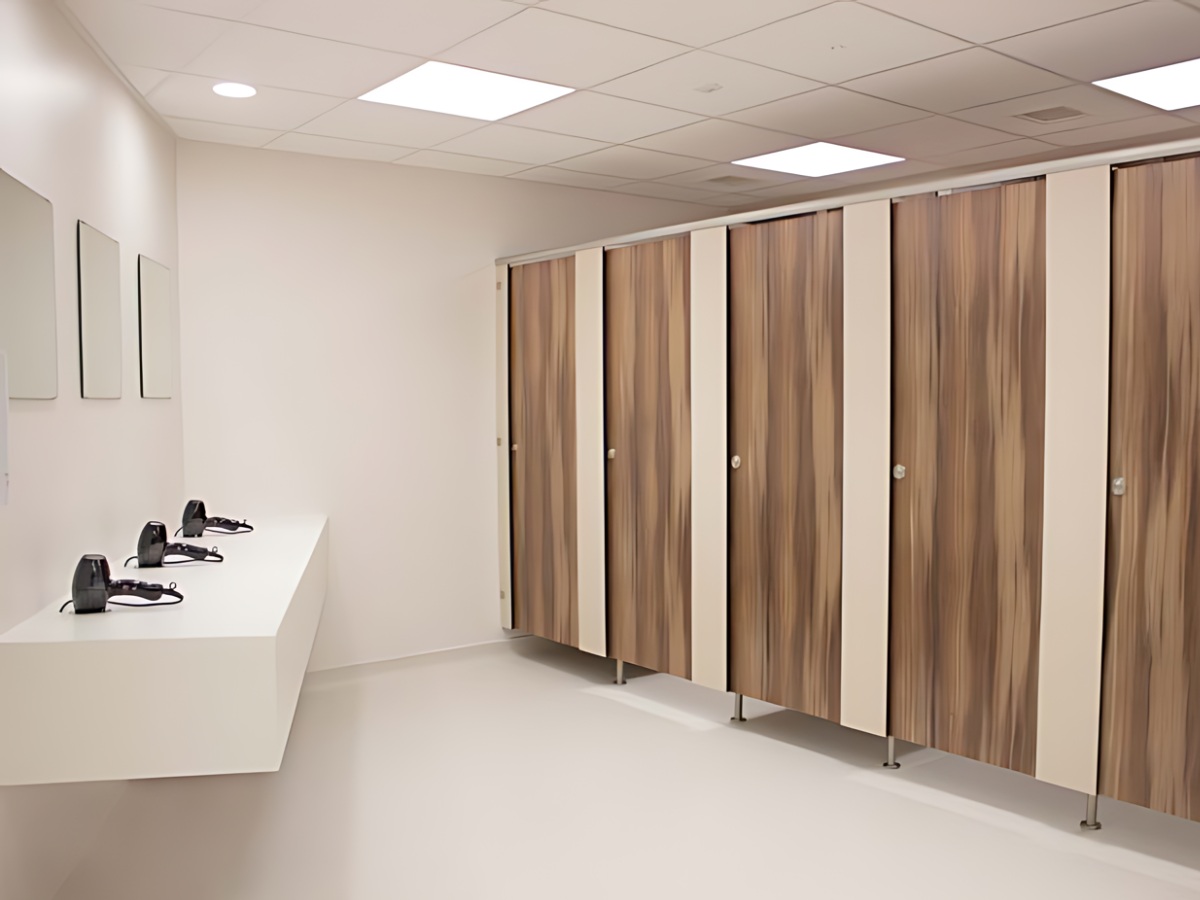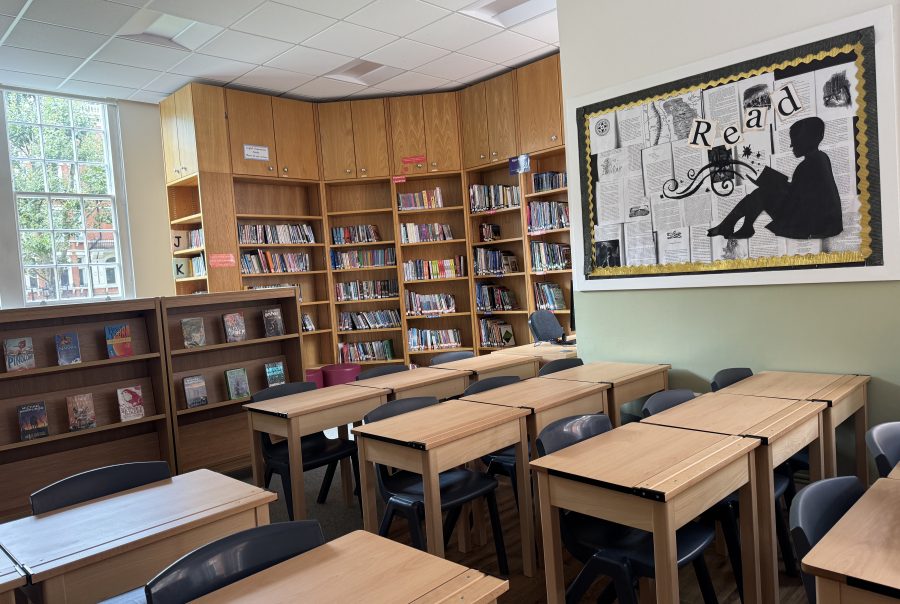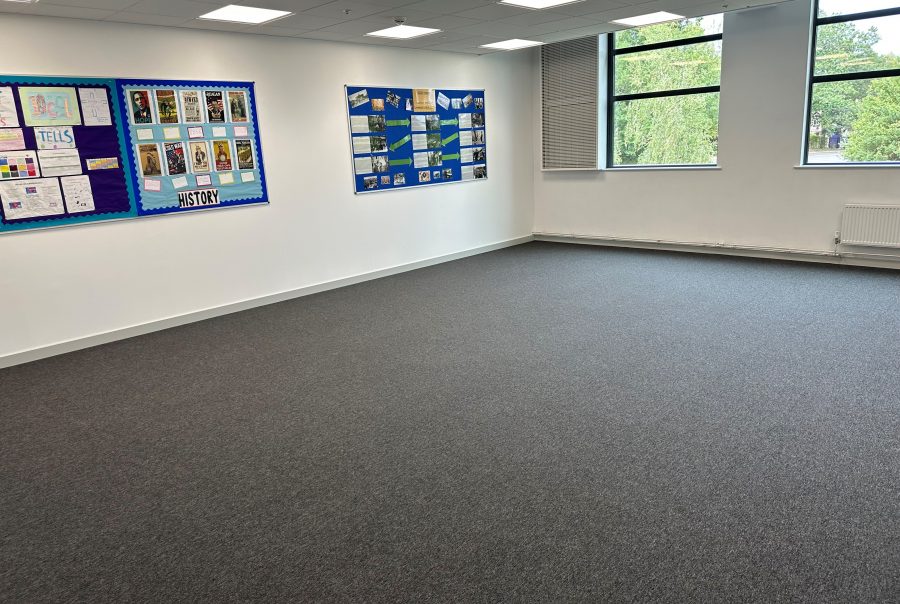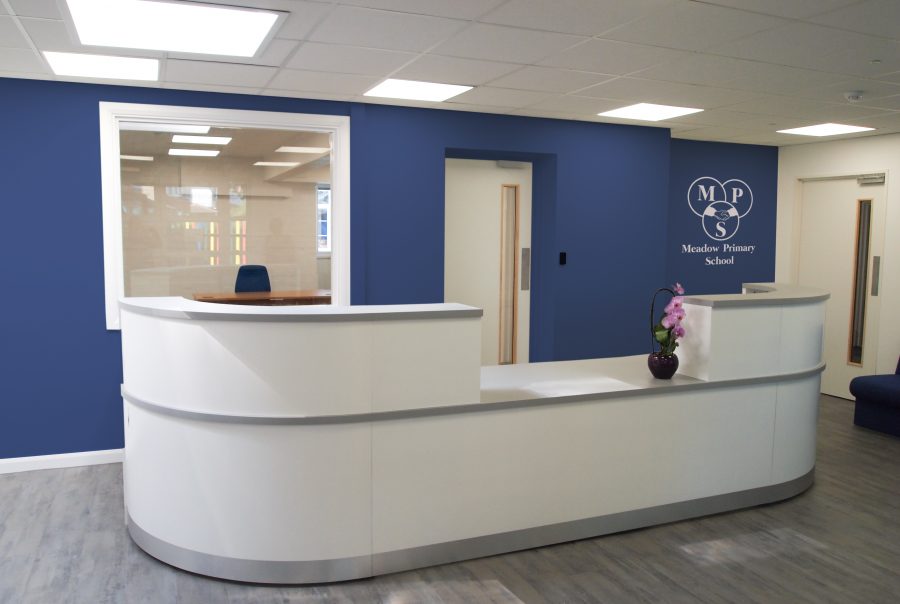School washrooms can be a source of stress and anxiety for pupils. Often unsupervised and tucked away, they’re spaces where bullying and vandalism can easily go unnoticed. At CID Studyspace, we believe no child should feel unsafe using a school toilet, which is why we prioritise safe, inclusive, and smart design in all our education washroom refurbishments.
Anti-Bullying School Toilets
Creating anti-bullying toilets isn’t just about installing durable fixtures or anti-graffiti surfaces, it’s about designing spaces that reduce hiding places, encourage positive behaviour, and provide students with dignity and privacy. One increasingly popular approach is the introduction of school open plan toilets, a layout that promotes safety and visibility without compromising on personal space.
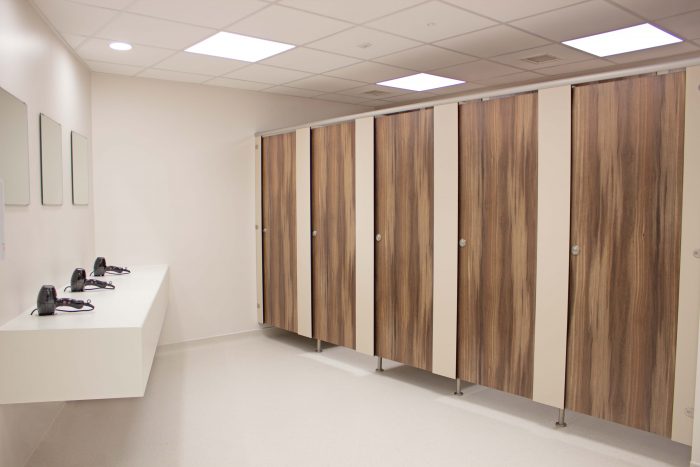
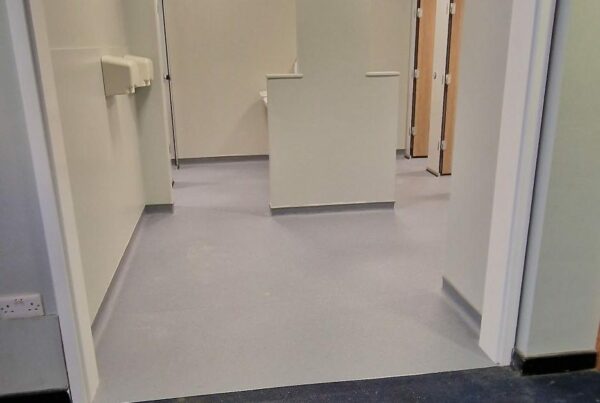
The Problem with Traditional School Washrooms
In many older schools, toilet blocks are enclosed, poorly lit, and separated from the main corridor areas. These designs can lead to:
-
Bullying or intimidation taking place out of sight
-
Vandalism such as broken fittings, graffiti, or blocked sinks
-
Students avoiding the toilets altogether, leading to discomfort and health issues
Teachers and school leaders often report that toilets are one of the most common locations for poor behaviour—but with the right design, this can be changed.
What are Anti-Bullying Toilets?
Anti-bullying toilets are washrooms designed with clear lines of sight, appropriate supervision, and privacy balanced with visibility. These spaces help deter unwanted behaviour by removing hidden corners and making it easier for staff to monitor common areas.
Design features include:
-
Open plan layouts with communal handwashing troughs visible from corridors
-
Full-height cubicle doors to ensure privacy without isolating students
-
Vandal-resistant materials and sensor taps to reduce maintenance and misuse
-
Bright lighting and calming colour schemes to improve the atmosphere
By removing blind spots and making high-traffic areas more visible, we reduce the opportunities for bullying or vandalism to occur in the first place.
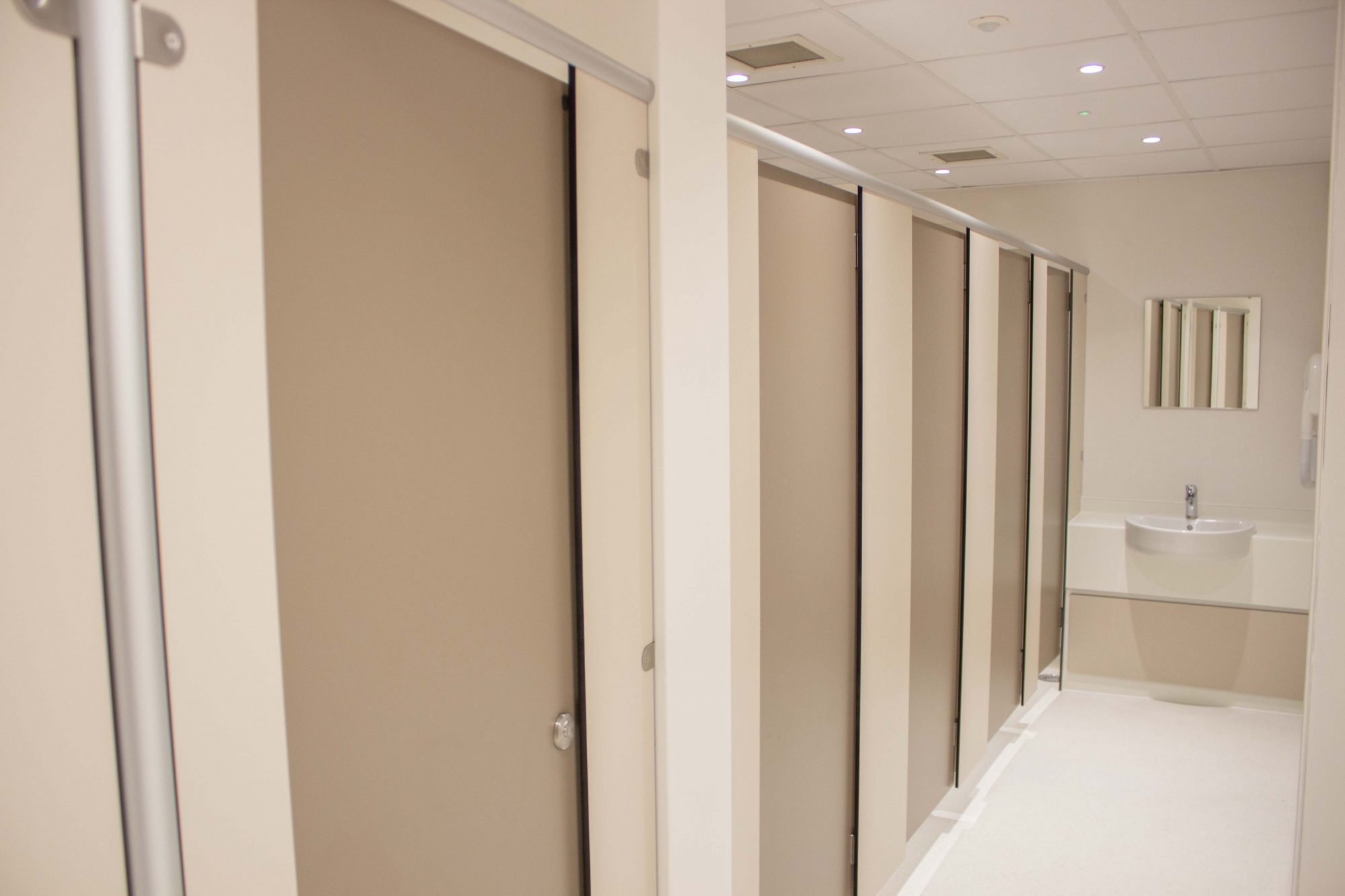
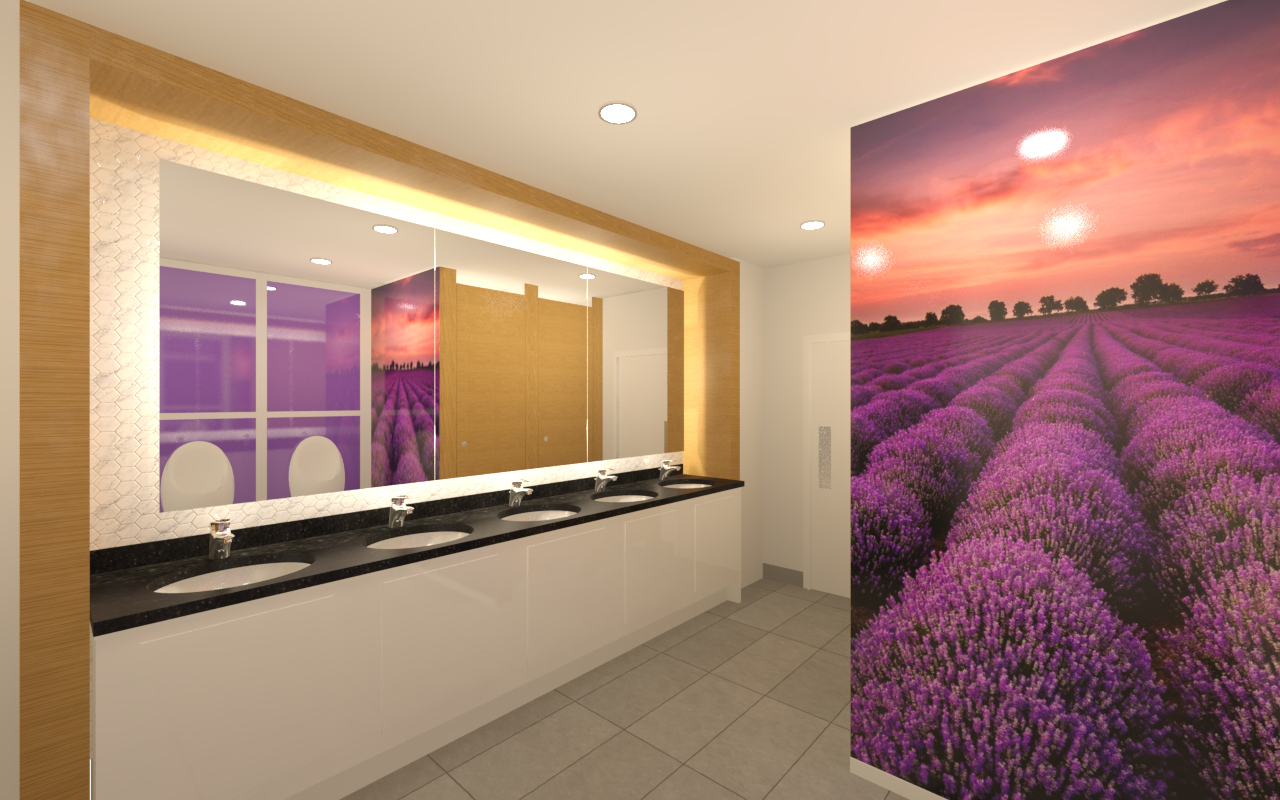
The Benefits of School Open Plan Toilets
School open plan toilets have become a preferred option in many primary and secondary schools across the UK. In this layout, toilet cubicles are enclosed for privacy but the handwashing area is located in a semi-open space, often just off a main corridor or visible through a glazed partition.
Benefits include:
-
Greater visibility for staff and students, which naturally reduces poor behaviour
-
Increased hygiene through shared access to sinks and sensor-activated fittings
-
Reduced maintenance costs due to fewer incidents of deliberate damage
-
More inclusive environments, particularly for gender-neutral or accessible toilets
We’ve seen a growing number of schools shift to this model, particularly in newly built academies and forward-thinking primaries looking to modernise their facilities.
What Schools Should Consider
When planning a refurbishment or new build, consider the following:
-
Can cubicles be placed in more visible locations while maintaining privacy?
-
Is there natural or artificial lighting to create a safer atmosphere?
-
Would staff benefit from better sightlines to discourage loitering?
-
Could sensor taps, hand dryers, and anti-vandal fittings reduce long-term maintenance?
-
Should your school explore school open plan toilets as part of a wider anti-bullying strategy?
At CID Studyspace, we work with schools of all sizes to deliver safe, compliant, and student-friendly facilities that work for your community and your budget.
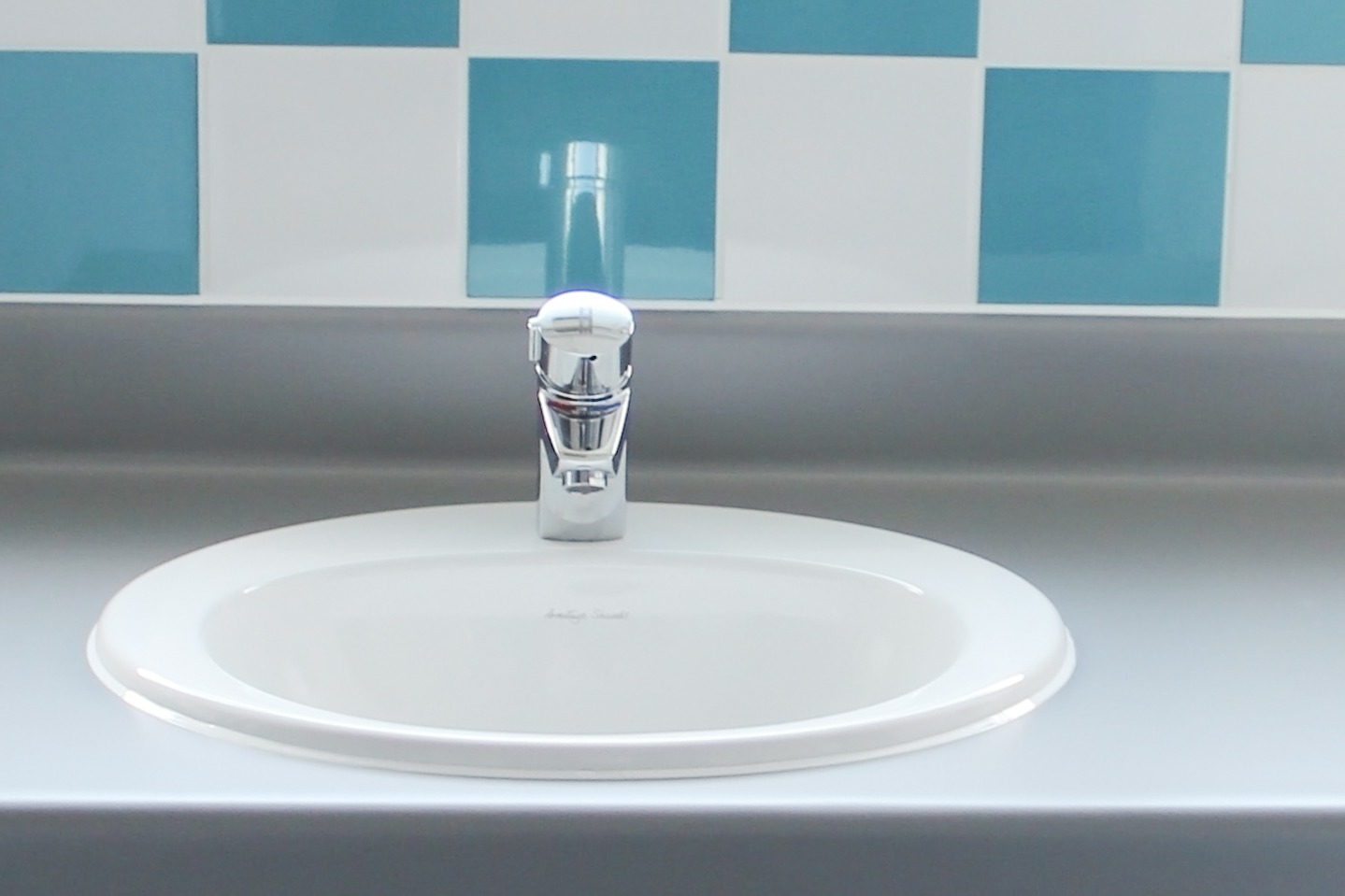
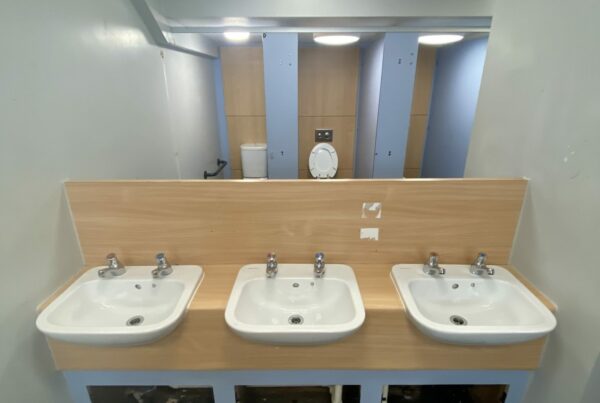
Examples of our work
At Esher High School, part of the Enlighten Learning Trust, CID Studyspace completed the refurbishment of two key student washroom areas, transforming outdated facilities into clean, modern, and robust spaces. The design focused on visibility, durability, and ease of maintenance—key features of any anti-bullying toilet strategy.
The new layout included full-height cubicles for privacy, solid surface wash troughs to reduce water splashing and maintenance, and sensor-activated taps to encourage hygiene and limit misuse. Vandal-resistant materials and a fresh, neutral colour palette helped to create a calm and respectful environment that students were more likely to take pride in.
By combining thoughtful design with practical finishes, the school now benefits from safer, more inclusive washrooms that support student wellbeing and reduce opportunities for misbehaviour.
Final Thoughts
A child who feels safe in every part of their school is a child who is better able to learn, play, and thrive. Investing in anti-bullying toilets and rethinking traditional layouts with school open plan toilets isn’t just a facilities upgrade—it’s a step toward a more respectful, inclusive school culture.
Ready to improve your school’s washrooms?
Get in touch at www.cidstudy.space or email us at info@cidstudy.space for a free consultation and design proposal.


